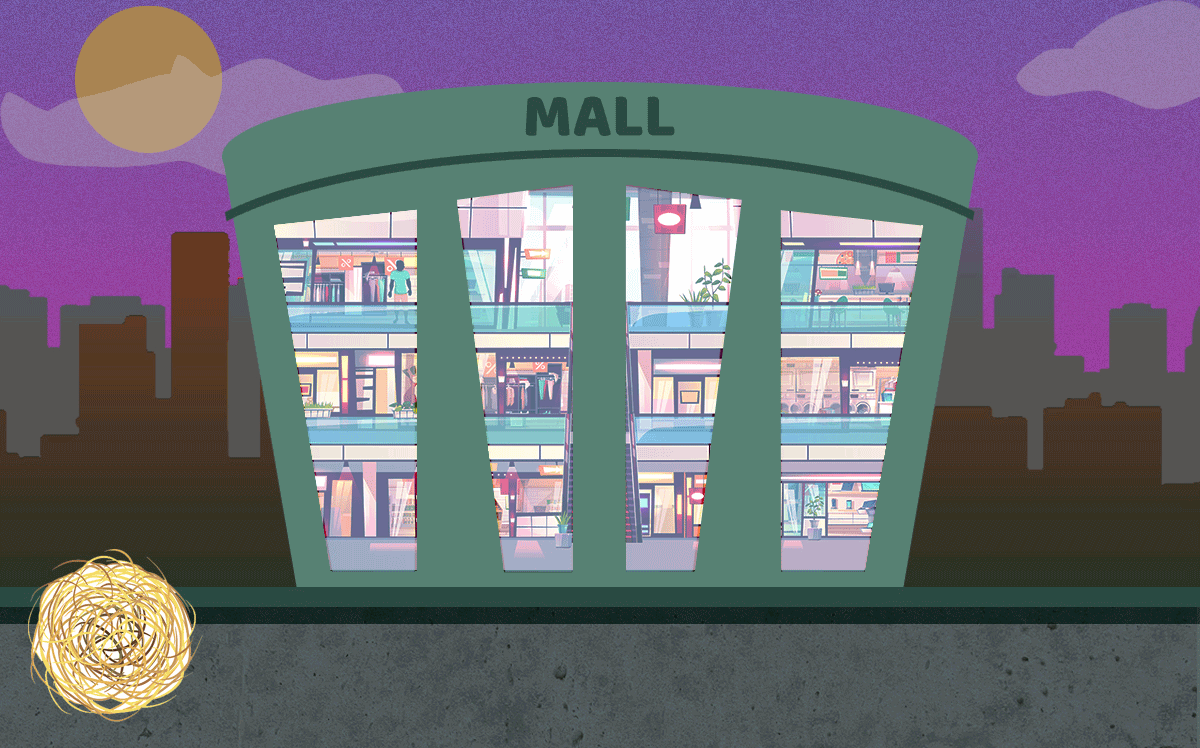Trending
New York’s malls see slow recovery after reopening
Stores have closed and foot traffic is still low

When malls received the green light to reopen a month ago, it should have been a celebratory moment, given the owners of most shopping centers hadn’t let customers in for six months.
But one month in, the results have been mixed. Malls have been trying to provide a sense of normalcy for both their shoppers and retailers, but they can operate at only 50 percent capacity, which has led to dramatic drops in foot traffic.
“It’s a tough environment for retail,” said Callie Haines, executive vice president of asset management at Brookfield Properties.
Brookfield Place in the Financial District has seen about 95 percent of its stores reopen, and the few that didn’t cited construction or staffing issues, according to Haines, who noted that some retailers at the mall have returned to the pre-Covid sales levels.
At the Shops & Restaurants at Hudson Yards, which opened last year with much fanfare, several retailers have closed. Neiman Marcus shuttered 16 months into its 50 year lease, a decision spurred by the company’s bankruptcy filing. Two of Thomas Keller’s restaurants, TAK Room and Bouchon Bakery, similarly pulled out in August.
The mall saw its year-over-year foot traffic drop 87 percent in July and nearly 84 percent in August, according to Placer.ai data. It recovered slightly in September, with foot traffic at 62 percent of what it was a year prior. (While malls were closed until September, Placer tracks foot traffic to other businesses that were operable within or around them, such as big-box stores.)
Still, a spokesperson for Hudson Yards said that retailers are seeing steadily rising sales. The mall has also welcomed new brands during the pandemic, including Goodlife, Levi’s and Sunglass Hut.
“The future of fashion and retail at Hudson Yards remains bright,” a spokesperson said in a statement.
A few blocks east of Hudson Yards, foot traffic at the Manhattan Mall in typically tourist-heavy Herald Square has been all but obliterated: In July and August, it was down by more than 90 percent, according to Placer.ai. It rebounded only slightly in September, but was down by 86 percent from the previous year.
But some shopping centers have fared better; the Queens Center mall was at 53 percent of its foot traffic from the previous year.
Individual retailers have also experienced financial problems that have impacted their ability to reopen. At the Atlantic Terminal Mall in Brooklyn, a Victoria’s Secret branch furloughed 47 employees, with a Department of Labor notice filed Sept. 4 citing unforeseeable business circumstances prompted by Covid-19. The location has since reopened, according to Madison International Realty, which owns the mall.
Evan Walke, a portfolio manager at Madison International Realty, said that overall, that particular shopping center has bounced back, thanks in part to stores like Stop & Shop and Target, which remained open throughout the pandemic.
In other regions of the state, where malls were allowed to open as part of phase 4, closures have been rampant.
Le Tote, the parent company of Lord & Taylor, filed for bankruptcy in August and shut down four brick and mortar locations, letting go of 152 employees across its stores. All the locations were in shopping malls in other parts of New York, according to the Department of Labor filings.
In Long Island, a J.C. Penney store was on the chopping block, before the retailer altered its plans, saving 136 employees.
In addition to the worries about foot traffic, mall operators have to implement state-mandated safety measures, including new air filtration systems that can filter out Covid-19 particles, as well as social distancing rules and mask requirements.
Some shopping centers are implementing additional safety measures: Unibail-Rodamco-Westfield, which operates the Westfield World Trade Center, has focused on enhancing outdoor dining, virtual line queuing and curbside pickup.




